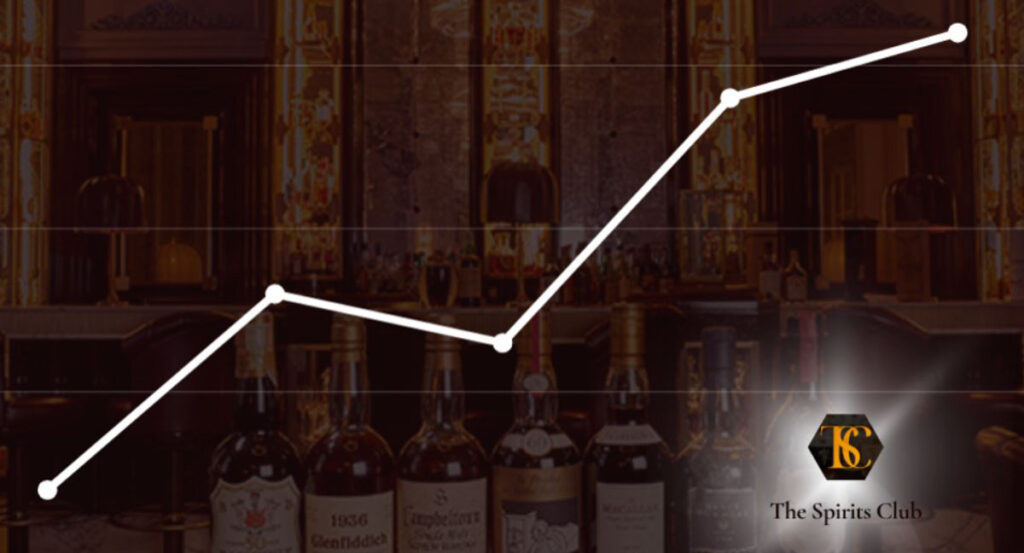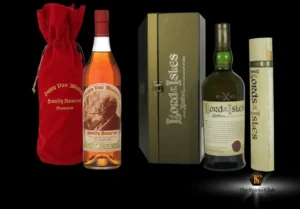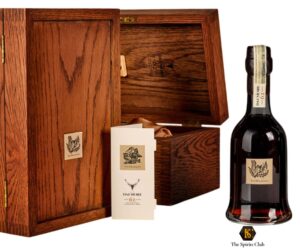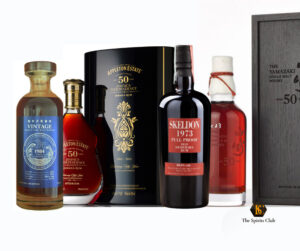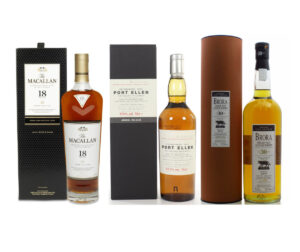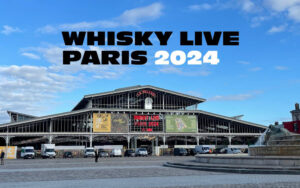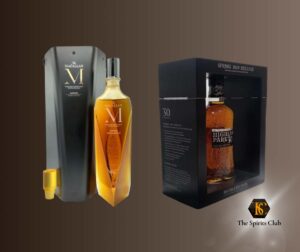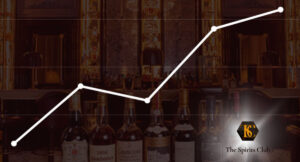How are the prices of bottles of rare spirits recorded? What factors influence them? Are there official reference registers to know the exact liquidation value of the bottles included in the portfolio? In this article we address the issue by trying to give clarifications to those who want to include this safe haven asset among their investments. Learn about the price of fine spirits bottles and the latest trends.
The sector of fine spirits for collecting and investment purposes is constantly expanding and the number of operators, both private and institutional, is increasing more and more.
This, on the one hand, favors the trading volumes of assets, but on the other hand makes even rarer the bottles already produced in limited or very limited numbers by the distillery of origin.
This natural “interference” of ever new investors, both small and large budget, allows them to liquidate their collections more and more quickly and, therefore, to be able to count on the monetization of the capital tied up in bottles in a very short time.
But at what price? To answer this question, there are various methods: one is to have the painstaking patience to manually record every market movement (sales tracked on websites, auctions, sector exchanges, discussions with physical dealers of bottles of rare spirits, confidential information on sales between private individuals, etc.); or, the most complete and reliable method is to turn to registered and certified investment companies, such as The Spirits Club.
The importance of specialized advice
In any case, it is good to have solid consulting support, able to keep your bottles in the best conditions, in order to keep their sale value intact at the end of the storage period, the time necessary for the asset to increase its price.
The support of a consultant specialized in the management of rare spirits portfolios serves for a multitude of important reasons, none of secondary importance.
It is used to establish the HOW MUCH, i.e. the minimum threshold below which it is not advisable to liquidate a given bottle, if you have more than one piece of it in your portfolio, but also to decide the WHEN, i.e. the right time to sell it at the best price, to suggest the right time to INCREASE some positions or SWITCH the profits of a liquidation to other bottles, which are experiencing galloping and rapid growth in value, in order to take advantage of the “rush” in prices.

Figure 1: During our events and masterclasses we offer our complete support for the first approach to investing in rare spirits, assistance that continues alongside the investor client until the date of the complete liquidation of their portfolio. The Spirits Club has always focused on accompanying the customer during his investment journey in rare whiskies and rums, with a view to maximizing profits and providing real training for the customer himself, from the point of view of complete awareness of investing in this highly profitable safe-haven asset.
Not only that, if you intend to increase the capital invested in rare spirits, the consultant will suggest the appropriate time to buy certain bottles, incorporating in-bond custody services and insurance against any physical damage to your collections into the cost of the operation.
In short, the work of our internal consultants is entirely focused on maximizing the investor’s profits and making the investment in valuable spirits a totally safe investment free from operational, fiscal or legal flaws.
Each of the technical supports described in these lines contribute to optimizing liquidation times and, therefore, indirectly to supporting the line of enhancement of the best bottles over time.
The risks of buying and selling do-it-yourself
When we talk about fine or rare spirits, we often confuse the connotation of collecting with that of pure investment.
The investor has a methodical and scientific approach to the assets being invested and, therefore, tends to take extreme care of the values and moments of “entry” into the market (purchase), as well as those of “exit” (sale).
This is why an investment-oriented mindset cannot be separated from the support of a personal portfolio manager prepared and specialized exclusively in this.
The collector, on the other hand, is guided by the passion for the sector and the suggestion that he personally sometimes literally “suffers” from certain product brands.
Being too much at the mercy of the passion for a certain label can lead to buying badly (at too high a price) and disappointing oneself after years of jealous custody of the bottle too dearly because, after a time that seems to never pass, he will not be able to glimpse the “break-even point”, if we see in the buying and selling operation an activity that should generate a profit.
The purely collectible and “self-taught” approach to rare spirits, therefore, can seriously damage one’s pocket and disappoint expectations of large profits.
Not only that: an audience of excessively impulsive and emotional collectors can generate momentary flattening of the purchase and sale prices, which are to the detriment of the assets of the latter, but which benefits the shrewd investor who has a solid background of investments in rare spirits, because the latter knows how to take advantage of the moments of pause in the value curves of each investment bottle, to increase their positions and wait with patience and certainty, for the imminent recovery of prices.
Characteristics of the rare spirits market
The market for fine spirits (whiskey and rum, mainly, with a few exceptions for some ultra-rare bourbons and cognacs) has characteristics typical of the financial markets.
Precisely as a “market”, that of fine spirits is subject to the dynamics and pressures of supply and demand, of course.
With some huge advantages over the financial markets, though.
The latter offer the possibility of immediate liquidation electronically and, very often, the bid/ask spreads and the entry and exit commissions weigh considerably on any gain, so it is always necessary to calculate in real time whether, net of these costs, the value collected from the liquidation is above the break-even point. In addition, the financial markets offer a security as evidence of the payment of a given amount of money against a financial product, and nothing more.
This means that, in the event of strong market shocks, as periodically happens on stock indices (think of the great crash of 1929, that of 1987, that of 2007, as well as the one suffered in February/March 2020, and so on) the investor will be forced to keep a position open at a deep loss, if he has sufficient collateral coverage to avoid the automatic stop loss closure usually imposed by the intermediary bank, or to sell the position itself, consolidating a loss that will destabilize the operator’s lucidity for the months to come, in the anguish of having to recover what has been lost.
In the case of investment in valuable distillates, on the other hand, since it is a tangible asset (physical property of a solid asset), the countervalue is always guaranteed: there will be no stop losses or automatic closures of losing positions, especially because, and this is an exclusive “wildcard” feature of this asset, investment distillates are not correlated with financial market factors, indeed, in some cases they act as an automatic compensator, as for example in the case of inflation or the collapse of the stock market and bonds.
These are precisely the main assets chosen by shrewd and demanding investors who intend to avoid the volatility typical of market “whims”.
What may seem excessively rosy, compared to what is described in these lines, can be demonstrated with data in hand, by our whisky experts and personal portfolio managers, who will not only follow you for free in the first approach phase to this fascinating and profitable sector, but will support you 24 hours a day, throughout the entire investment.
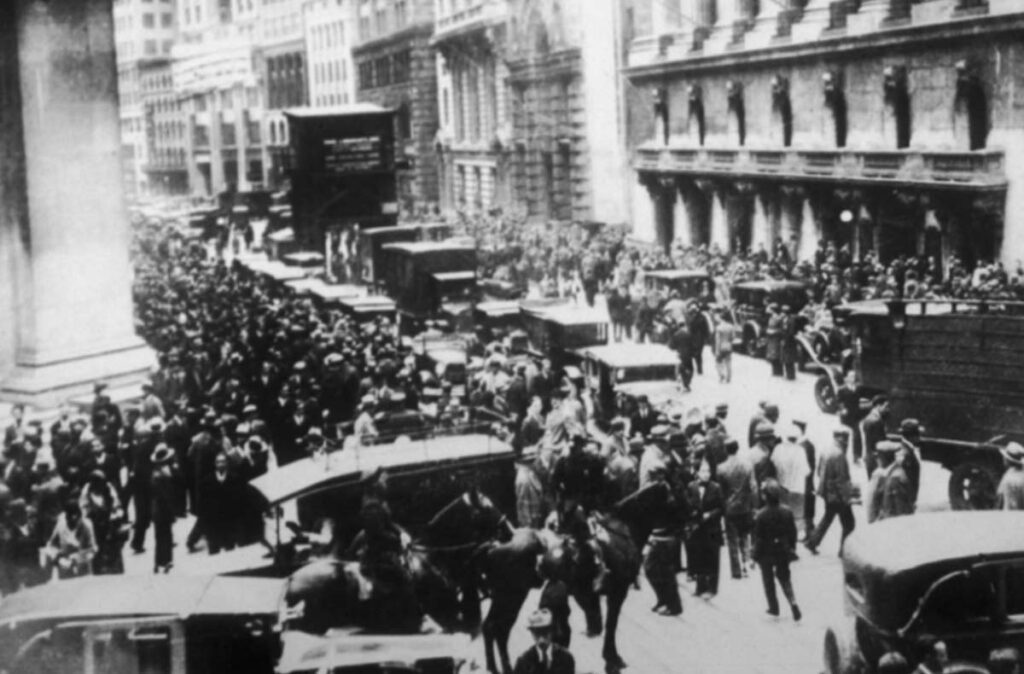
Figure 2: This image portrays Wall Street on October 29, 1929: the stock market crash that still thunders in the minds of investors in financial markets: in a single session the Dow Jones index lost 22%, the largest daily plunge ever recorded on Wall Street. Those who invest in the financial markets are well aware of the risks of poor coverage to guarantee open positions, a guarantee due precisely to the fact that one does not own a physical asset that avoids the cancellation of one’s investment, which instead happens in tangible assets such as investment whiskeys.
Why invest with The Spirits Club?
Our expertise is to identify the labels suitable for investment purposes and capable of generating profits above the market average.
- Investment in rare and prestigious bottles worldwide
- High experience in the search and availability of bottles
- Product and management transparency
- Exclusive ownership of the investor
- Pool of experts at the top of world collecting in spirits
- Portfolio managers experienced in the management of luxury assets
- Ongoing advisory approach to investors
- Indication of the best moment of liquidation of the product
- Possibility to liquidate at any time in case of need.

